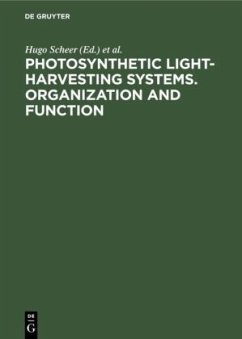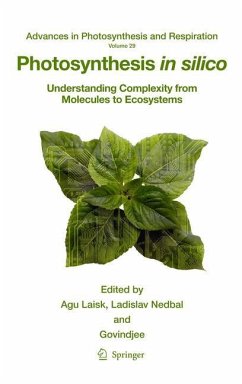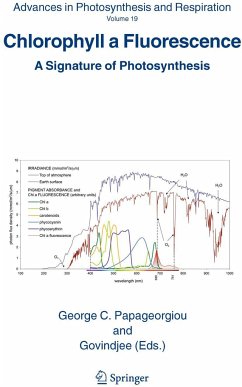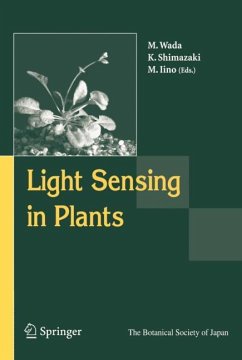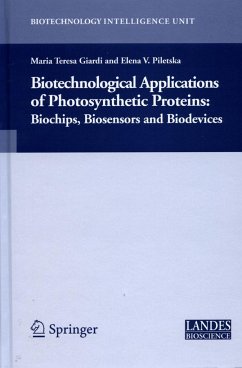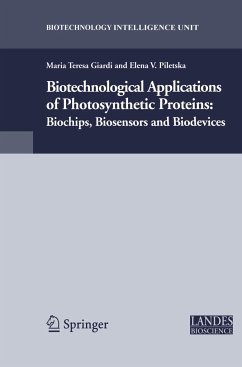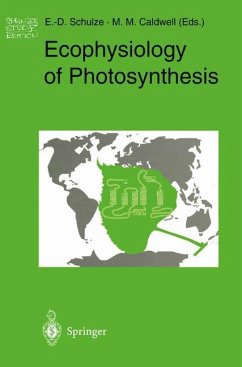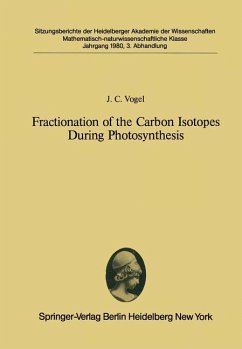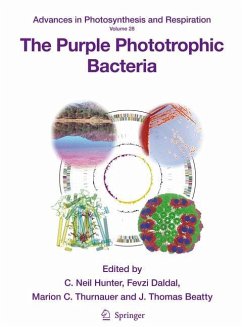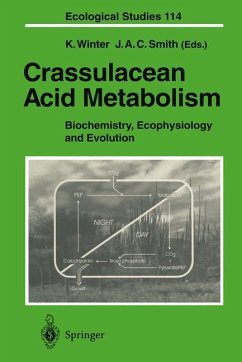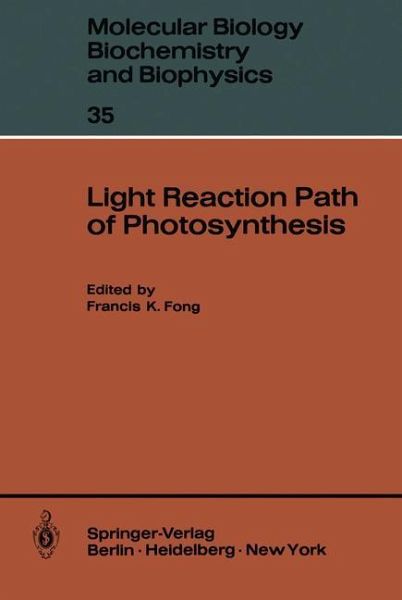
Light Reaction Path of Photosynthesis
Versandkostenfrei!
Versandfertig in 1-2 Wochen
77,99 €
inkl. MwSt.

PAYBACK Punkte
39 °P sammeln!
This monograph deals with the light reaction pathway in photosynthesis. The photophysico-chemical events are presented in the order of their occurrence, beginning with the collection of sunlight by antenna systems, ending with the reduction of CO to carbohydrates. Relationships between the structural 2 properties and kinetic effects of primary and secondary events spanning time 12 domains in the range 1O- _ls are explored. Photosynthesis is examined in terms of a light-induced redistribution of reaction intermediates common to the biosynthesis and metabolic degradation of carbohydrates. The ex...
This monograph deals with the light reaction pathway in photosynthesis. The photophysico-chemical events are presented in the order of their occurrence, beginning with the collection of sunlight by antenna systems, ending with the reduction of CO to carbohydrates. Relationships between the structural 2 properties and kinetic effects of primary and secondary events spanning time 12 domains in the range 1O- _ls are explored. Photosynthesis is examined in terms of a light-induced redistribution of reaction intermediates common to the biosynthesis and metabolic degradation of carbohydrates. The experimental procedures and results reviewed in the book are repre sentative of developments in instrumental methods and conceptual formula tions in this area during the past decade. In particular, picosecond spectroscopy, time-resolved and magnetic resonance techniques, along with structural and photoelectrochemical models of photosynthesis, have provided clues for the molecular mechanisms ofenergy migration from the antenna systems to the reaction centers, and of succeeding stages of photochemical events leading to the carbon-reduction cycle. The preparation of this monograph resulted from the efforts of workers in distantly separated institutions. The writer gratefully acknowledges the responsive collaboration of the contributing authors and members of the Springer editorial staff that made possible completion of the manuscript.





